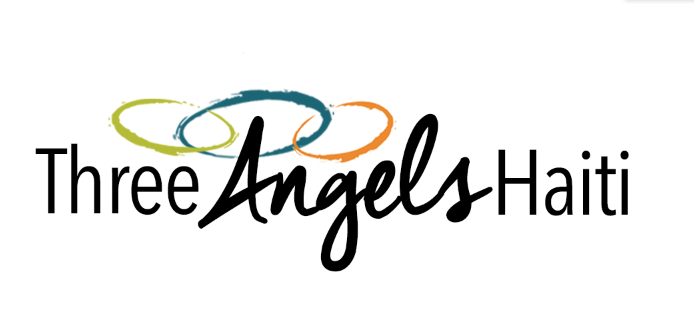The Republic of Haiti is a Caribbean country occupying the smaller western portion of the island of Hispaniola.
Land area: 10,641 sq mi (27,560 sq km); total area: 10,714 sq mi (27,750 sq km)
Population (2010 est.): 9,203,083 (growth rate: 1.8%); birth rate: 28.7/1000; infant mortality rate: 58.0/1000; life expectancy: 61.3; density per sq km: 323
Capital and largest city (2003 est.) Port-au-Prince, 1,764,000 (metro. area), 1,119,000 (city proper)
Monetary unit: Gourde
Geography
Haiti, in the West Indies, occupies the western third of the island of Hispaniola, which it shares with the Dominican Republic. About the size of Maryland, Haiti is two-thirds mountainous, with the rest of the country marked by great valleys, extensive plateaus, and small plains.
Government
Republic with an elected government.
History
Explored by Columbus on Dec. 6, 1492, Haiti’s native Arawaks fell victim to Spanish rule. In 1697, Haiti became the French colony of Saint-Dominique, which became a leading sugarcane producer dependent on slaves. In 1791, an insurrection erupted among the slave population of 480,000, resulting in a declaration of independence by Pierre-Dominique Toussaint l’Ouverture in 1801. Napoléon Bonaparte suppressed the independence movement, but it eventually triumphed in 1804 under Jean-Jacques Dessalines, who gave the new nation the Arawak name Haiti. It was the world’s first independent black republic.
* taken from www.infoplease.com
More Information
CIA Factbook
U.S. State Dept.

